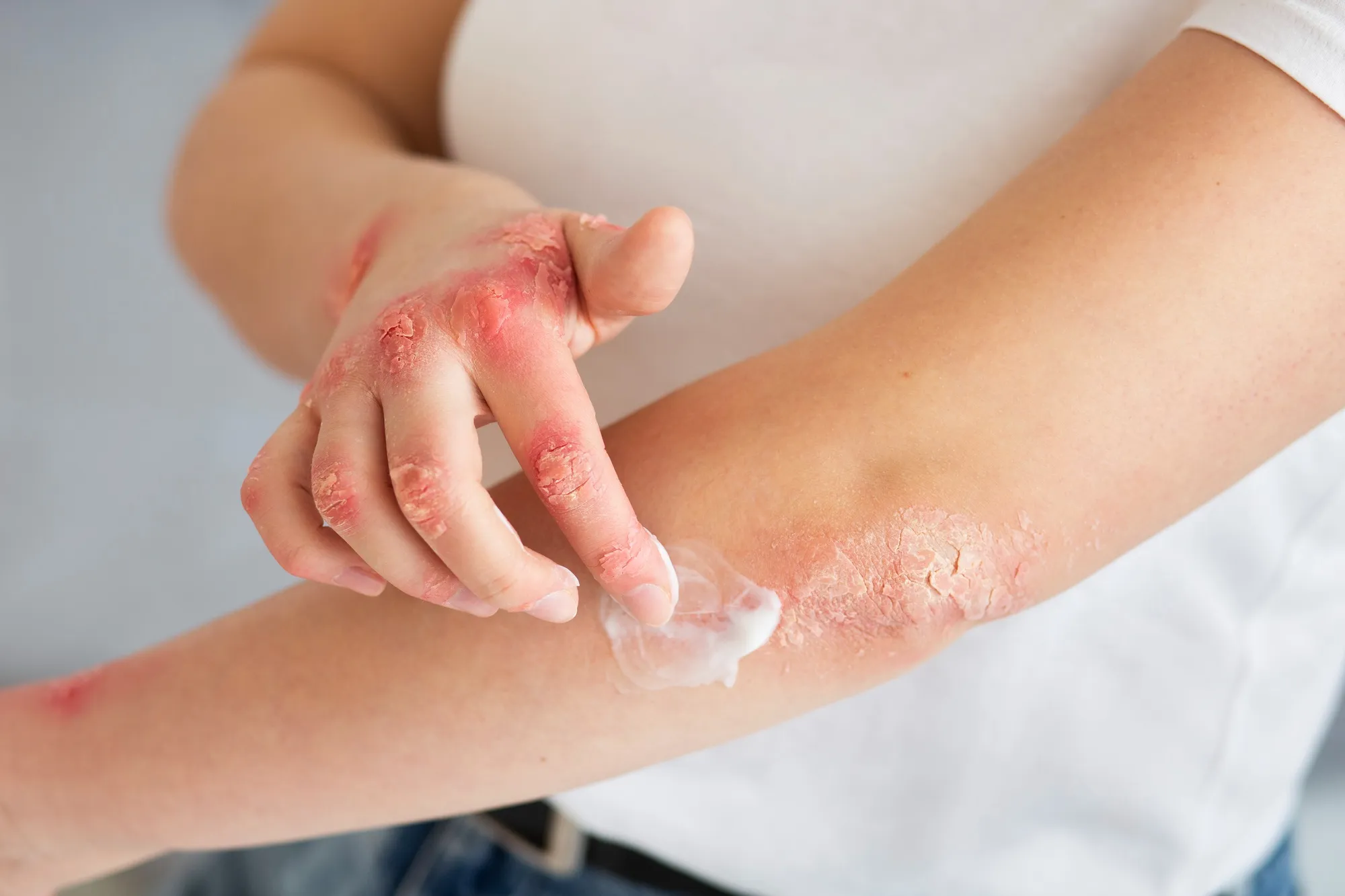Psoriasis, an inflammatory skin condition characterized by red, scaly patches, impacts an estimated 0.5 to 1% of children in Europe. Its presence during the formative years of childhood and adolescence can significantly affect a child’s quality of life, both physically and emotionally. The recent approval of systemic treatments for moderate-to-severe childhood psoriasis has punctuated the need for precise severity scores to manage the condition effectively. Yet, a systematic literature review conducted by Lavaud and Mahé (2019) uncovered a concerning lack of standardization and consensus in the use of severity scores specifically designed for the pediatric population.
The comprehensive review analyzed 1,945 articles from PubMed and Embase (1712 from Medline and 233 from Embase) and narrowed the focus to 78 key studies. What surfaced was a prevalence of severity indices typically used for adults, with the Psoriasis Area Severity Index (PASI) being the most frequently utilized metric in 74.4% of the cases, followed by the Body Surface Area (BSA) in 48.7%, and the Physician’s Global Assessment (PGA) in 29.5%. However, these tools come with limitations when indiscriminately applied to children.
For instance, over half of the studies neglected to define a severity threshold deemed clinically relevant for the pediatric group. This absence of clear benchmarks opens the door to a number of problems, including inconsistency in treatment approaches and difficulties in comparing results across different studies. Moreover, there seems to be a significant heterogeneity in defining what constitutes ‘severe psoriasis’ in children, with many relying on adult-oriented criteria such as the response to systemic therapies and resistance to topical treatments.
Moving on to the evaluation of psoriasis’ impact on the quality of life in young patients, the review found that the Children’s Dermatology Life Quality Index (CDLQI) was the predominant measure used in 23.1% of studies. Other non-psoriasis-specific quality of life tools included the Pediatric Quality of Life Inventory (Peds-QL) and the Skindex, though these were less common. Similar to clinical severity scores, there was an evident lack of psoriasis-specific quality of life thresholds for children.
The findings of Lavaud and Mahé’s study underscore the urgency to validate severity and quality-of-life scores that respect the unique aspects of pediatric psoriasis. These aspects include the progression of BSA in relation to age, different clinical features and types of psoriasis prevalent in children. The absence of validated pediatric criteria constitutes a significant limitation, both in prescribing systemic treatments for affected children and in the ability to compare and contrast varying research outcomes.
Considering the gravity of the situation, the dermatology community and healthcare industry should invest in developing and validating child-specific severity and quality-of-life scales for psoriasis. Defining these thresholds and measures is crucial to advancing clinical practice, enhancing patient care, and streamlining research endeavors.
The call for child-specific measures is particularly imperative given the potential psychological and social repercussions that psoriasis can engender for affected children, such as social stigma, bullying, and impaired self-esteem. It is essential that the healthcare system acknowledges these challenges and provides pediatric patients with a standard of care that addresses both the physical and emotional complexities of living with psoriasis.
Keywords
1. Childhood Psoriasis Severity
2. Pediatric Psoriasis Treatment
3. Quality of Life Psoriasis Children
4. Psoriasis Severity Scores
5. Standardized Psoriasis Measures
References
1. Lavaud, J., & Mahé, E. (2019). [Severity scores for childhood psoriasis: A systematic literature review]. Annales de dermatologie et de venereologie, 146(12), 771–782. https://doi.org/10.1016/j.annder.2019.03.007
2. Bronckers, I. M. G. J., Paller, A. S., van Geel, M. J., et al. (2015). Psoriasis in children and adolescents: diagnosis, management and comorbidities. Paediatric Drugs, 17(5), 373–384. https://doi.org/10.1007/s40272-015-0135-7
3. Augustin, M., Radtke, M. A., Glaeske, G., et al. (2010). Epidemiology and comorbidity in children with psoriasis and atopic eczema. Dermatology, 221(1), 35-40. https://doi.org/10.1159/000315267
4. de Jager, M. E., De Jong, E. M., van de Kerkhof, P. C., et al. (2010). Efficacy and safety of treatments for childhood psoriasis: a systematic literature review. Journal of the American Academy of Dermatology, 62(6), 1013-1030. https://doi.org/10.1016/j.jaad.2009.07.049
5. Kimball, A. B., Jacobson, C., Weiss, S., et al. (2011). The psychosocial burden of psoriasis. American Journal of Clinical Dermatology, 12(6), 383–392. https://doi.org/10.2165/11593420-000000000-00000
